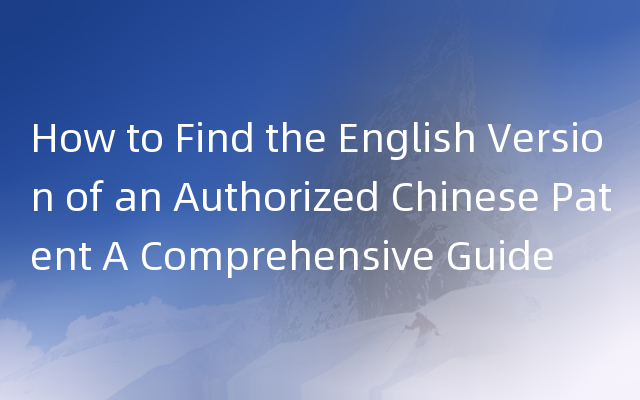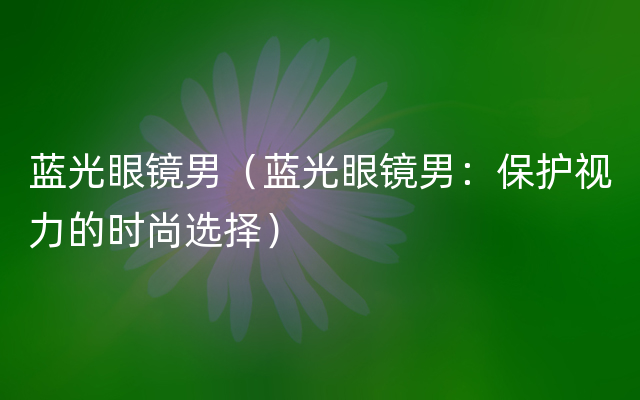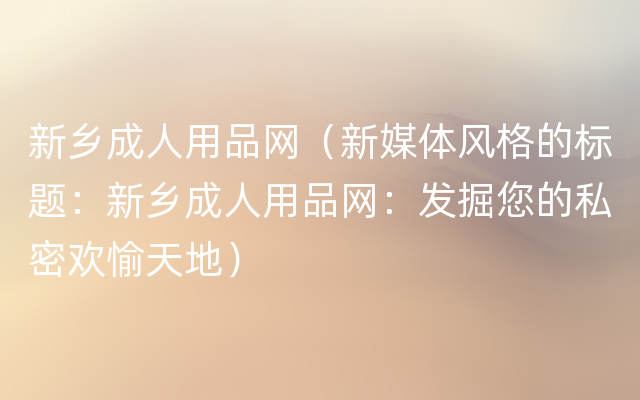
How to Find the English Version of an Authorized Chinese Patent: A Comprehensive Guide
When it comes to international business and intellectual property, it is common to encounter Chinese patents that have been authorized by the Chinese government. However, not all of them have an English version readily available, and this can present a challenge for those who lack proficiency in Chinese.
In this article, we will guide you through the process of finding the English version of an authorized Chinese patent. We will cover a range of resources and tools to enable you to access the information you need. Whether you're a researcher, entrepreneur, or legal professional, this guide will help you navigate the complex world of Chinese patents.
Part I: Where to Find Authorized Chinese Patents
The first step in finding the English version of an authorized Chinese patent is to identify where the patent was authorized. In China, there are two primary government bodies responsible for managing patents: the State Intellectual Property Office (SIPO) and the National Copyright Administration of China (NCAC).
SIPO is responsible for managing patents, while NCAC is responsible for managing copyrights, which includes software copyrights. If you're not sure which agency is responsible for a specific patent, you can use the SIPO or NCAC websites to search for related information.
Part II: How to Search for Chinese Patents
once you have identified the responsible agency, you can begin to search for the Chinese version of the patent. There are a few ways to do this:
1. Using the SIPO/NCAC Website: Both websites have comprehensive patent databases that allow you to search for registered patents. To search for a patent, you will need to use the Chinese character set, but both websites have translation tools that enable you to translate the patent title and abstract into English.
2. Using Chinese Patent Databases: There are several third-party databases that index Chinese patents, such as the Chinese Patent Database (CNKI) or the State Patent Information Network (SPIN). These databases also provide translation tools to help you translate the patent title and abstract into English.
3. Hiring a Professional Translation Service: If you're not comfortable with using online databases, or the patent language is highly technical or complex, then you may need to hire a professional translation service. These services are often staffed by bilingual professionals who can provide not only accurate translations but also interpretation and cultural context.
Part III: Finding the English Version
once you have located the Chinese version of the patent, your next step is to find the English version. This can be done using the following methods:
1. Check for an English Abstract: Some patents will have an English abstract, which summarizes the contents of the patent. This may be available on the SIPO/NCAC website or via other databases.
2. Use a Patent Translation Tool: There are several patent translation tools available online that can help you translate the patent into English. These tools are often free, but accuracy can vary.
3. Hire a Professional Translation Service: If accuracy is critical, or the patent is highly technical or complex, it's best to hire a professional translation service to ensure that you get an accurate and complete translation of the patent.
Part IV: Conclusion
In conclusion, finding the English version of an authorized Chinese patent can be a challenging process, but with the right resources and tools, it is possible. By identifying the responsible agency and using Chinese patent databases or professional translation services, you can get the information you need to make informed decisions about intellectual property and international trade.







